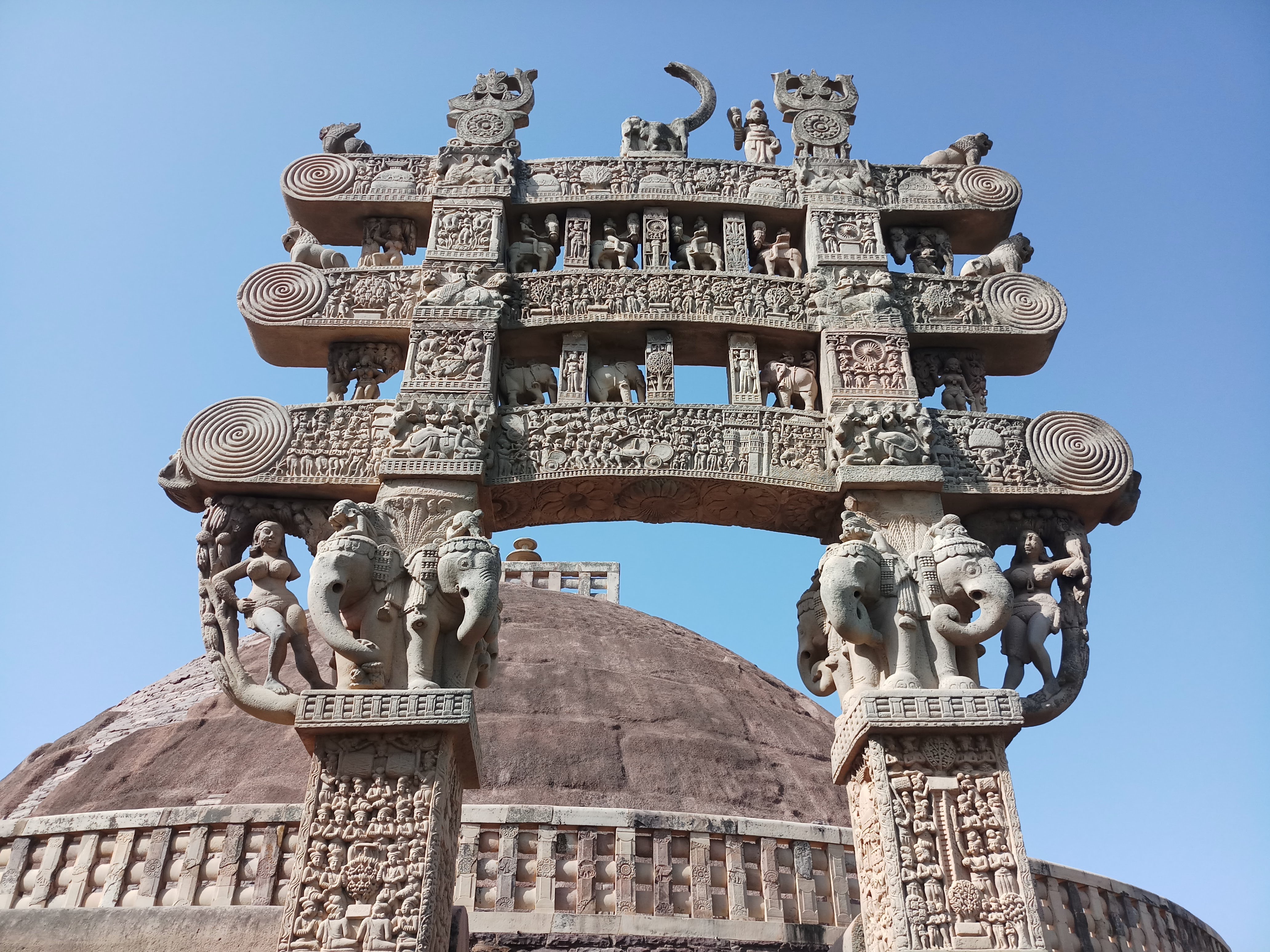Toranas
Enlarge text Shrink text
Information for Authority record
Other Identifiers
Wikidata:
Q731341
Library of congress:
sh2020005938
Sources of Information
- Work cat.: Jalis, a torana and carved panels in Shah Alam's tomb, in Ahmedabad, Gujarat, India, 1965-2000, via University of Washington digital collections, International Collections, June 15, 2020.
- Art & architecture thesaurus online, June 15, 2020:(toranas. SN Sacred or honorific gateways made of wood or stone, comprised of two uprights with one and three crosspieces, or arched, found in Hindu, Buddhist, and Jain architecture. UF torans. Hierarchical structure: ceremonial gates > gate structures > single built works (built environment))
- Wikipedia, June 15, 2020(torana, also referred to as vandanamalikas is a free-standing ornamental or arched gateway for ceremonial purposes seen in the Hindu, Buddhist and Jain architecture of the Indian subcontinent, Southeast Asia, and parts of East Asia)
- Britannica online, June 15, 2020:Torana (alternative: toran; Torana, Indian gateway, usually of stone, marking the entrance to a Buddhist shrine or stupa or to a Hindu temple. Toranas typically consist of two pillars carrying two or three transverse beams that extend beyond the pillars on either side. Strongly reminiscent of wooden construction, toranas are often covered from top to bottom with exquisite sculpture)
1 / 20
Wikipedia description:
A torana (Sanskrit: तोरण; [tawr-uh-nuh]) is a free-standing ornamental or arched gateway for ceremonial purposes in Hindu, Buddhist and Jain architecture of the Indian subcontinent. Toranas can also be widely seen in Southeast Asia and parts of East Asia. Chinese Shanmen gateways, Japanese torii gateways, Korean Iljumun and Hongsalmun gateways, Vietnamese Tam quan gateways, and Thai Sao Ching Cha were derived from the Indian torana. They are also referred to as vandanamalikas.
Read more on Wikipedia >
 Topic
Topic

















